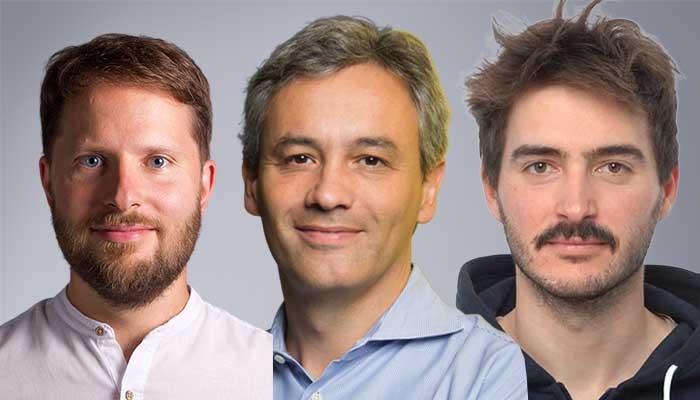Sharing Radio Waves For Better Connections

Assistant Research Professor Michael Polese, William Lincoln Smith Professor Tommaso Melodia, and WIoT Research Scientist Paolo Testolina were awarded a $759,422 NSF grant for “Sharing Spectrum, Services, and Infrastructure in Spectrum Era 4.”
This article originally appeared on Northeastern Global News. It was published by Cesareo Contreras.
Northeastern research on wireless signals could transform public safety communication for emergency responders
Picture this: A fire breaks out in your neighborhood and first responders are called to the scene.
In situations like these, communication is critical, and public safety workers rely heavily on cellular services to act fast while on the move.
In fact, all the major mobile carriers in the U.S. have specific priority programs designed for public safety, yet they are not without reliability issues. Service can be spotty and, while rare, outages can also occur.
But what if there was a way for those public safety officials to have temporary access to even greater amounts of available network support as the situation unfolded?
Researchers at Northeastern University’s Institute for the Wireless Internet of Things are rethinking how spectrum — radio frequencies integral for wireless communication — is shared, managed and pooled. This research builds on their work in Open Radio Access Networks (OpenRAN), a new standards-based approach to make mobile networks interoperable and less expensive to manage.
Their work — which they are calling the Open Spectrum project — could be transformative in not only developing better public safety communication systems, but in other domains where spectrum is critical, including global positioning systems (GPS), climate forecasting and radar sensing, says Michael Polese, an electrical and computer engineering professor at Northeastern University and the principal investigator of the project.
It’s hard to overstate the importance of spectrum in wireless communications. It’s what allows you to access the internet on your laptop, connect your wireless earbuds to your phone and listen to your favorite radio station in your car.
Read full story at Northeastern Global News